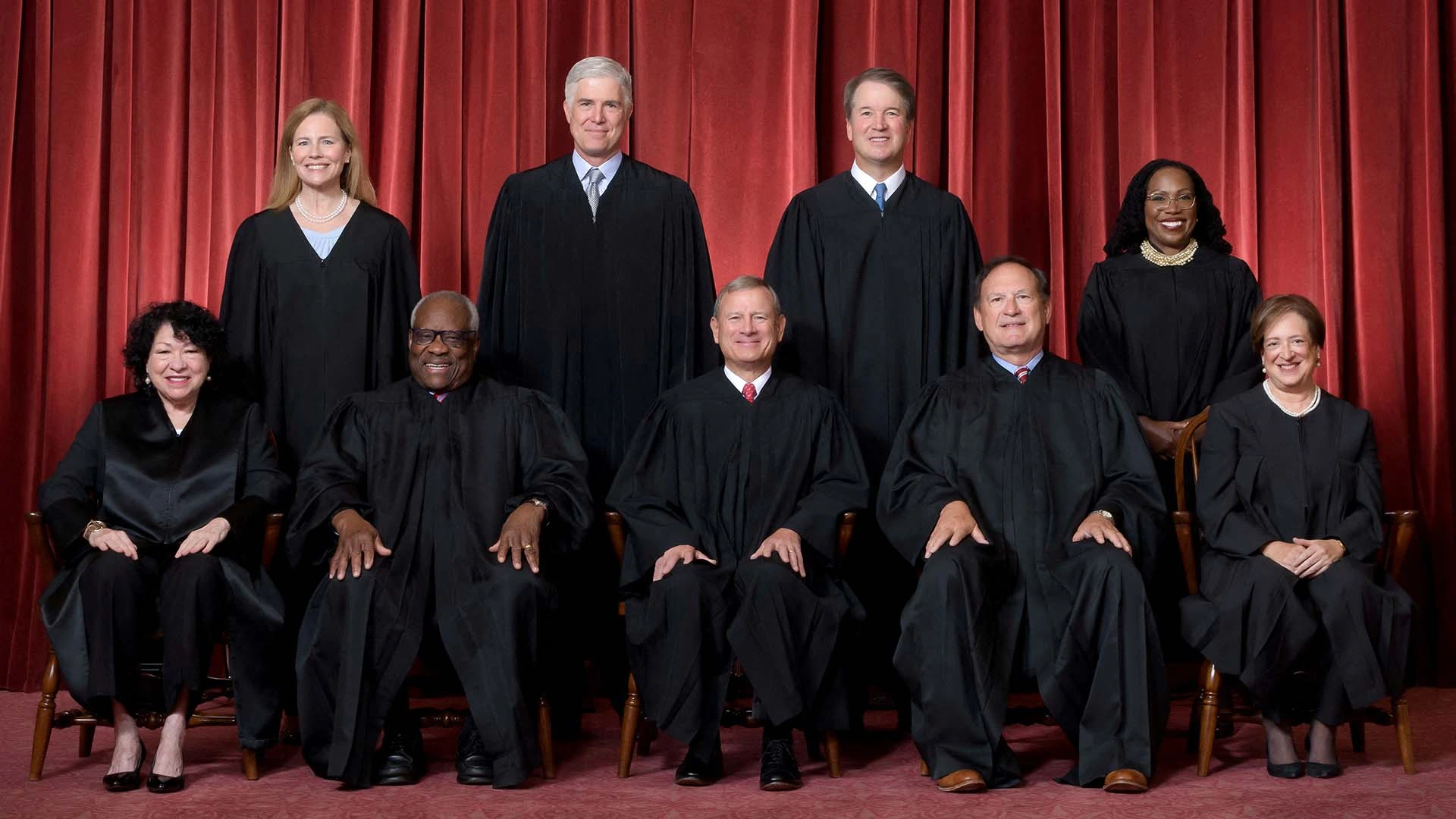A recent Supreme Court decision regarding wetlands has been the subject of misleading headlines, such as “Samuel Alito’s Assault on Wetlands Is So Indefensible That He Lost Brett Kavanaugh.” While the media often plays up dissent at the Court, in reality, the Court is not as divided as many believe. Just under half of the cases decided each term are unanimous, meaning that one side has been able to persuade all nine justices to rule in their favor. The Court’s average number of unanimous rulings per term has decreased significantly over time, with the proportion of unanimous rulings hovering around 40-50% since the 1950s.
Throughout the Court’s history, many chief justices have tried to steer the ship in the direction of broad agreement, using unanimous rulings to secure the Court’s equal footing with Congress and the presidency. However, the chief justice is not always able to keep everyone on board, and there are often surprising results in cases where the justices are not in lockstep. Rather than viewing the Court as comprising two monolithic blocks that vote according to the party of the president who nominated them, it is important to recognize that the justices are individuals with their own idiosyncrasies, backgrounds, and approaches to the law. There are plenty of cases where justices find themselves in agreement despite their different viewpoints. Therefore, the next time you see a clickbait headline hyping a deep divide among the justices, remember that the facts show the Supreme Court is not nearly as divided as it may seem.

